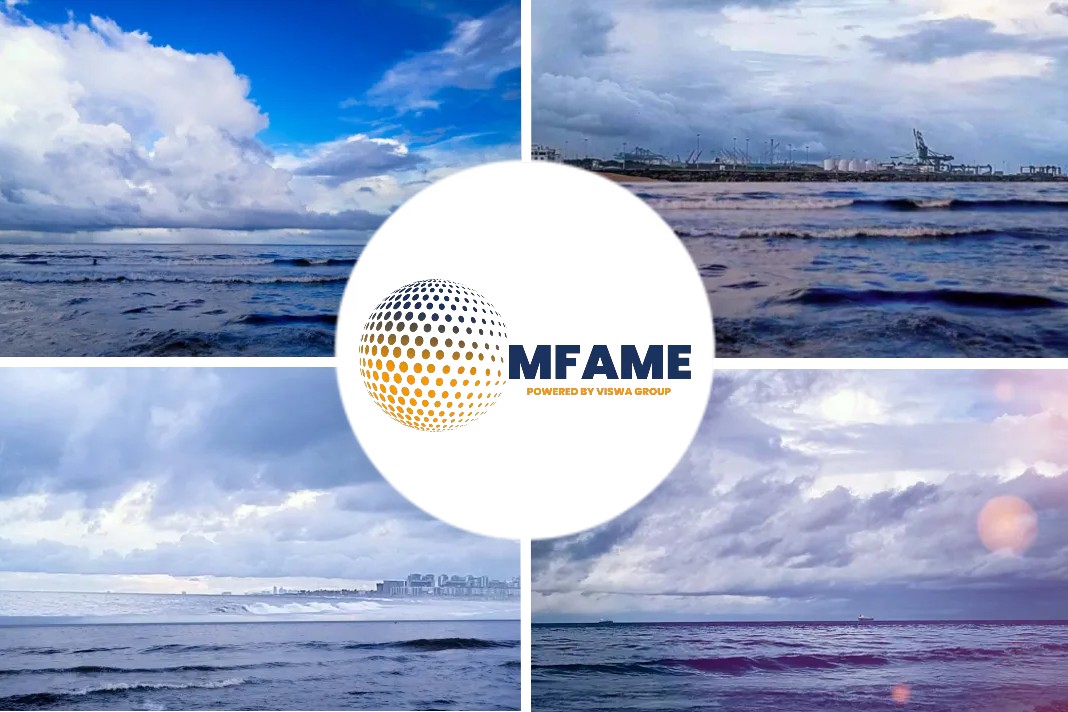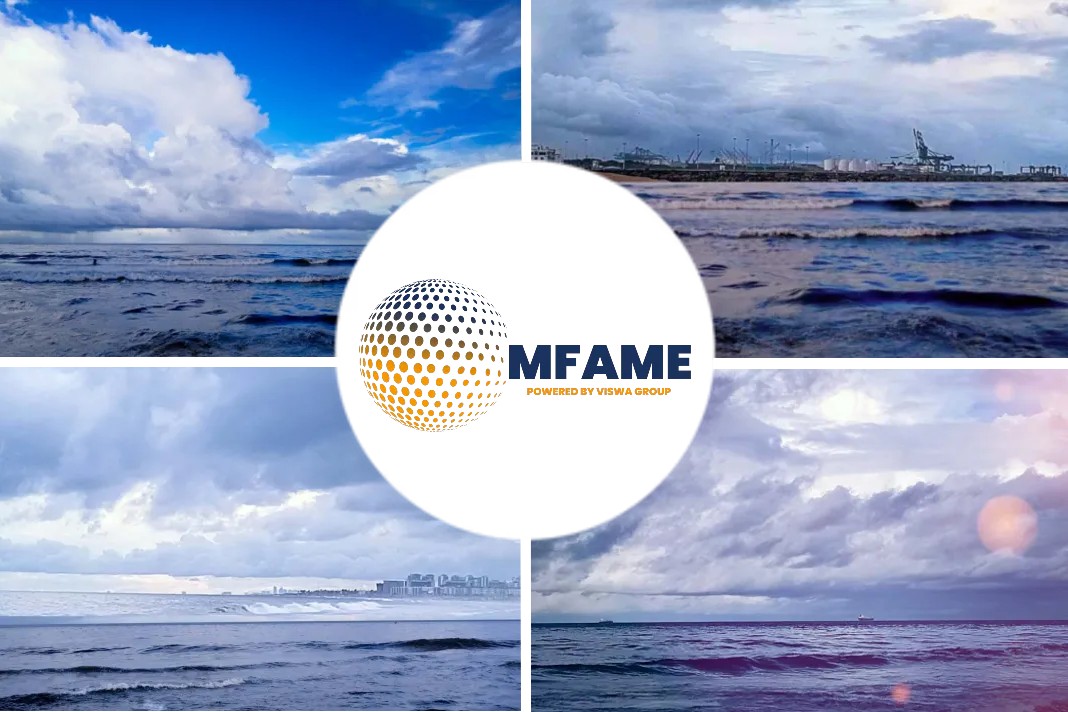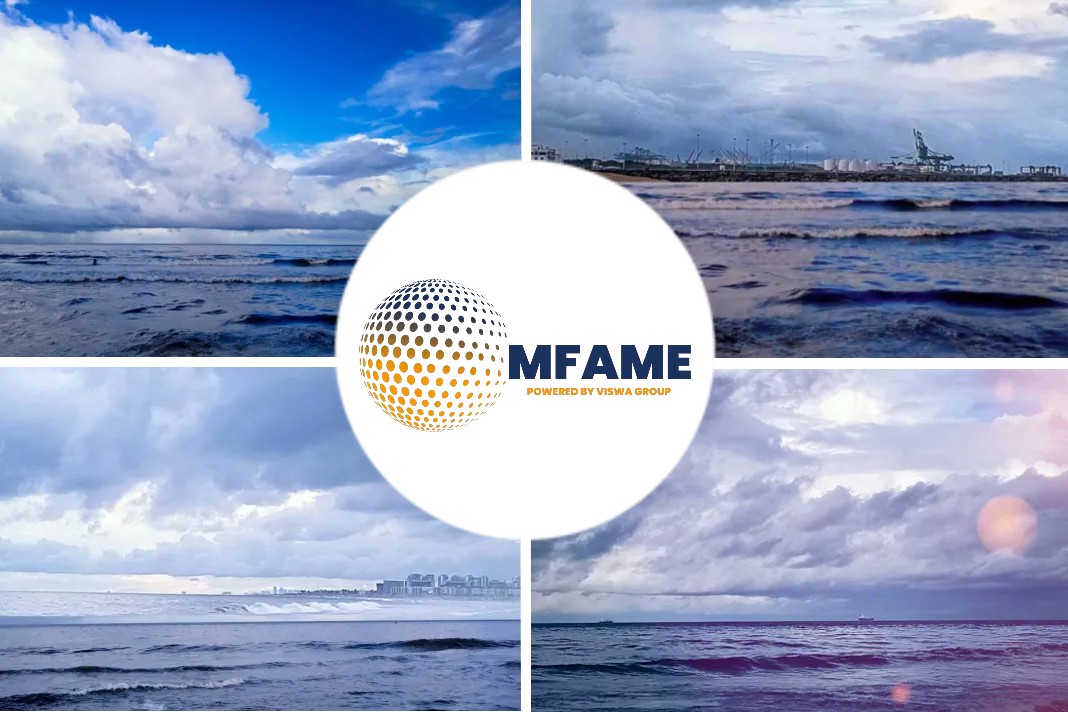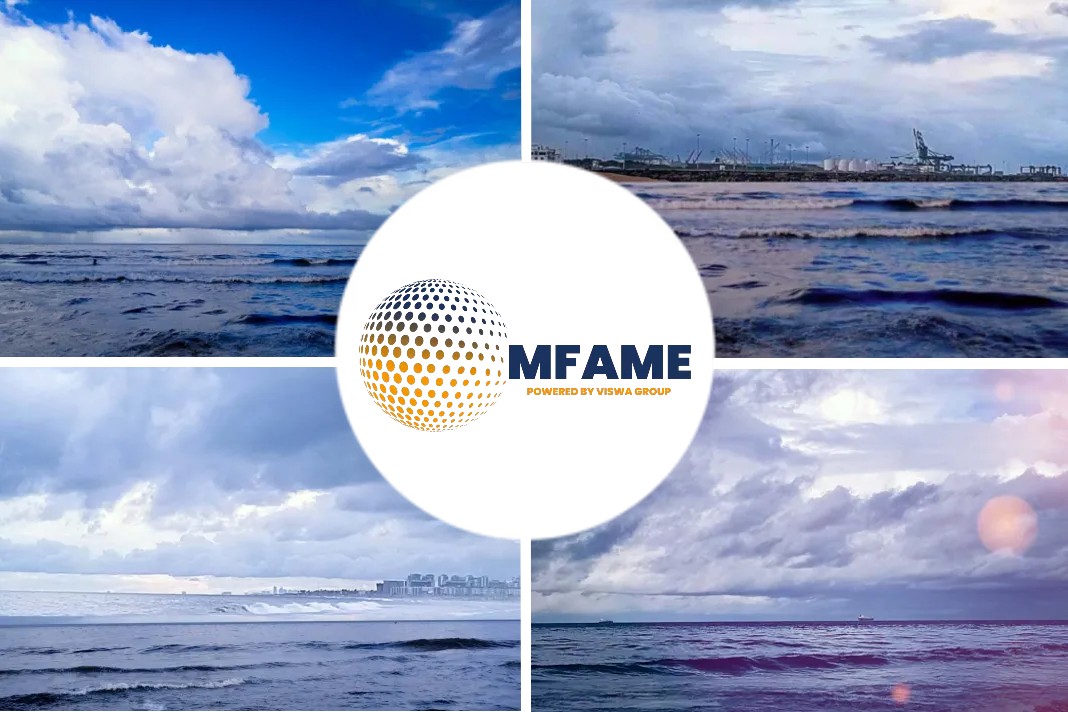- Vessel earnings under pressure as bunker prices rise.
- VLSFO crack becomes strongest transport fuel.
- 2021 expectations for HSFO muddied by conflicted fundamentals.
The European marine fuel market is hoping for calmer waters in 2021, with market sources anticipating a stronger year ahead as the rollout of coronavirus vaccine programs allow global activity to recover, reports Platts.
Bunker prices rise
Despite expectations for rising oil demand, S&P Global Platts Analytics expects levels to remain below 2019, suggesting any price rises for shipping’s main fuel – 0.5%S marine fuel — will likely be slow-going. And a warm winter could weigh on any recovery, it added.
Bunker prices have risen due to vaccine optimism while demand recovery lags behinds, sandwiching vessel earnings for shipowners. Delivered Rotterdam 0.5%S marine fuel prices rose 24% to $327/mt during November, while vessel earnings dropped 40% to $6,600/day during the period. A year earlier, bunker prices were $492/mt and earnings were $71,000/day.
Additional coverage
“The next couple of months could see pressure continue for fleet operators as macroeconomic, commodity and freight outlooks seem underwhelming,” Platts Analytics said.
On top of this, marine fuel demand hit a lull as the year-end approached, with market participants looking to minimize storage. However, shipping fuel has remained fairly resilient compared to other refined products, like gasoline, that have been more heavily impacted by lockdown restrictions from the pandemic.
As refiners cut runs to limit gasoline and jet output, this also impacted marine fuel availability. As such, marine fuel has become the most profitable product in Q4 2020 in Europe, with the front-month crack against Brent crude reaching a near eight-month high.
Refinery throughputs to pick up
Analysts expect refinery throughputs to pick up in 2021 as demand recovers, but this would likely have a negative impact on European marine fuel prices in the long run.
Looking ahead, the paper markets paint a mixed picture, with the 0.5%S marine fuel forward curve nearly flat until December 2021, dropping in price in January 2022 to give a $1.00/mt backwardated structure. 1%S fuel oil shows a similar pattern.
“In my view, the market is kind of directionless with such a flat curve on 0.5%S [marine fuel],” noted one Northwest European-based trader. “There’s not really a carry to play with and no brutal backwardation, so it’s just like ‘yawn’ basically.”
Feedstocks have also been hit from both supply and demand constraints, giving an uncertain picture for 2021. “Although demand is low, there are only a few barrels to play with so that gives you a ‘kind of balanced’ market, despite very low margins. It’s very irregular, but that’s very 2020 style,” noted one vacuum gasoil trader.
Loading programs for vacuum gasoil out of the Russian port of Tuapse, which is one of the major exporting hubs for feedstocks, have consistently been lower in 2020, offsetting weak demand fundamentals from vacuum gasoil’s downstream markets.
Rags or riches for HSFO?
Meanwhile, the prospects for 3.5%S high sulfur fuel oil in 2021 are also unclear after a stellar year in 2020 on the back of price support from limited availability.
Towards the end of 2020, power generation demand from the Middle East tailed off with the arrival of the winter months, improving availability for the product and lessening its support.
HSFO imports to the Middle East were 1,950,000 mt in November, 28% of which came from the Netherlands. Meanwhile, December expects to see 740,000 mt at present, with 35% coming from the Netherlands, Kpler data shows.
Looking ahead, the HSFO forward curve sees significantly less support in the prompter months, with a near $30/mt backwardated spread starting from February 2021 to the end of the year.
“I do think eventually [the HSFO curve] will come off though once we ramp up [production]… which puts question marks on Q1,” a source said. This increase in production could also see downward pressure on HSFO cracks, which have remained resilient throughout 2020 averaging minus $5.14/b for Q4 20 up to Dec. 22.
Unfavorable economics for scrubber investments
Analysts expect high sulfur fuel oil demand in the bunkers sector to steadily increase as more vessels look to install scrubbers on their vessels. This mode of compliance for IMO’s 2020 sulfur cap rules has not been deterred as much as some may have expected, with the differential between 0.5%S marine and 3.5%S fuel oil pointing to unfavorable economics for costly scrubber investments.
Scrubber installations allow shipowners to burn the cheaper — but currently not so cheap — HSFO fuel instead of its less sulfurous counterpart, 0.5%S marine fuel. Platts Analytics expect high sulfur fuel oil demand for scrubber-fitted vessels to rise from 18% in 2020 to 28% in 2025.
Did you subscribe to our daily newsletter?
It’s Free! Click here to Subscribe!
Source: Platts




























